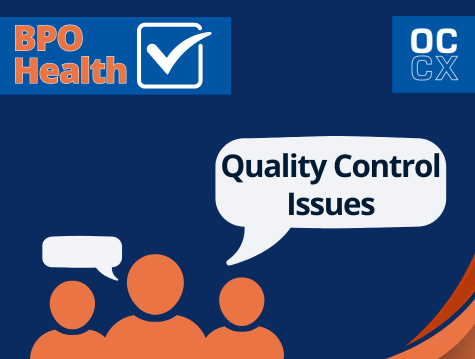
Retail Company Exceeds KPI Goals through the Holiday Season
| Industry | Retail |
|---|---|
| Desired Call Center Location | United States |
| Annual Inquiries | 262,000 |
| Existing Technology | Magento & Zendesk |

The Challenge
After poor performance from an outsource call center partner over a busy holiday season, a major retail company reached out to Outsource Consultants in early Q1 to secure a more reliable partner for the coming year.
Like most retail organizations, their top concern was finding BPO support to maintain exceptional customer service through the inevitable Q4 spike.
Results
286%
Increase in
inquiry volume
90.38%
SLA in
November
93%
QA in
December






